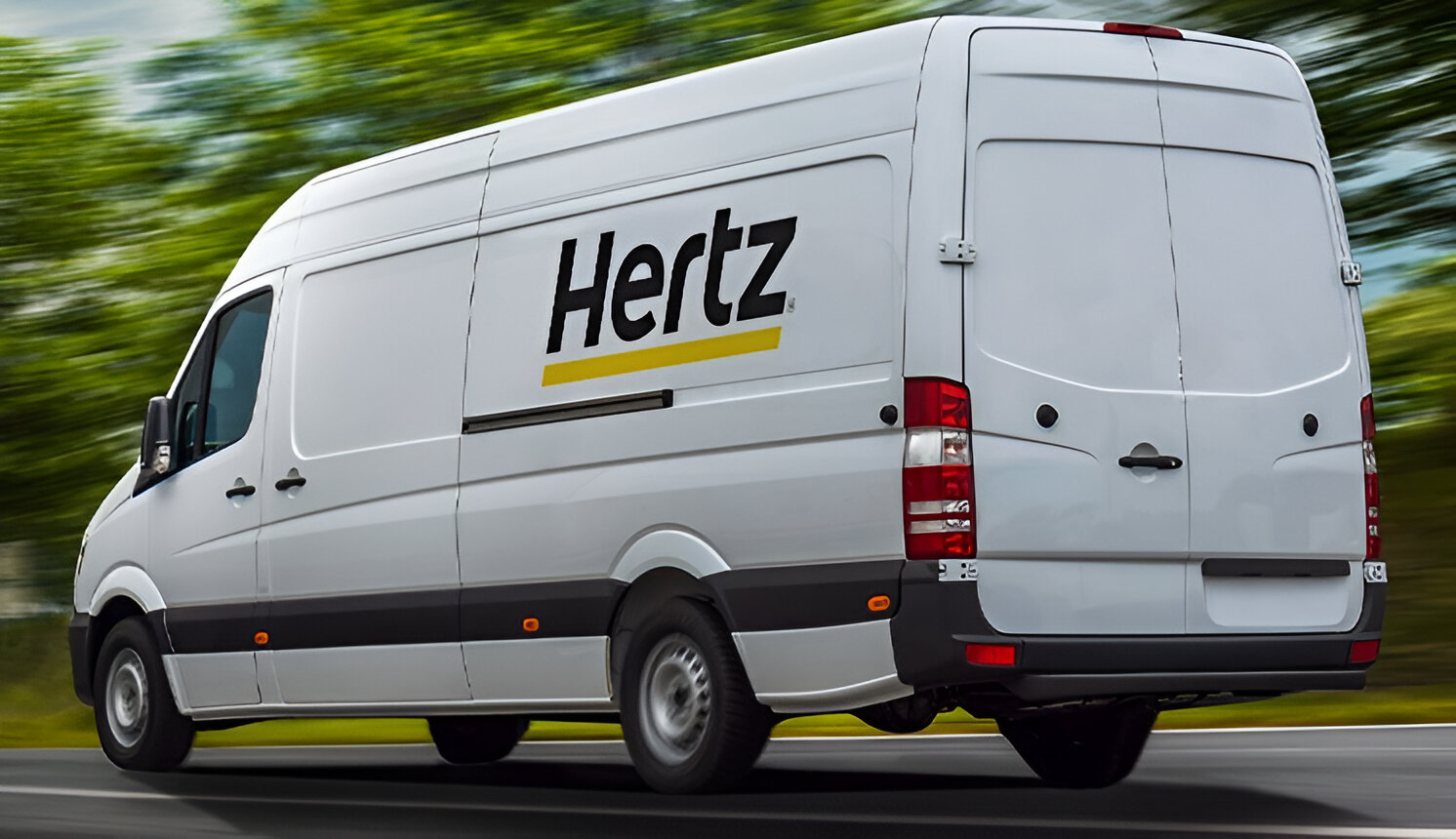Boston Dynamics has once again pushed the boundaries of robotics with their latest demonstration of Atlas, their humanoid robot. In a viral video that’s captured the world’s attention, Atlas showcases remarkably human-like movements, including impressive breakdancing skills. This collaboration between Boston Dynamics and the Robotics and AI Institute represents a significant leap forward in robotic mobility and dexterity.
From Walking to Breakdancing: Atlas’s Incredible Movement Range

Atlas has evolved far beyond basic mobility to demonstrate a remarkable repertoire of complex movements that rival human capabilities. The robot can now execute impressive breakdancing moves, including the famous “coffee grinder” where it spins its legs around its body while balanced on one hand. This isn’t just a pre-programmed routine—Atlas shows genuine agility, transitioning smoothly between different moves with a fluidity that was previously impossible for robots.
Beyond breakdancing, Atlas demonstrates a diverse range of athletic movements: crawling on all fours with surprising naturalness, performing forward rolls and cartwheels, and even maintaining perfect handstands. Each of these movements requires precise balance, coordination between multiple joints, and dynamic weight shifting—challenges that have historically been extremely difficult for bipedal robots to overcome.
What makes these achievements particularly impressive is how they combine to create natural-looking motion sequences. Rather than the jerky, mechanical movements we’ve come to expect from robots, Atlas moves with an organic quality that blurs the line between machine and human movement. This represents a fundamental shift in robotic mobility, where machines can now replicate not just the function but also the grace of human movement.
The Technology Behind the Moves: AI and Motion Capture
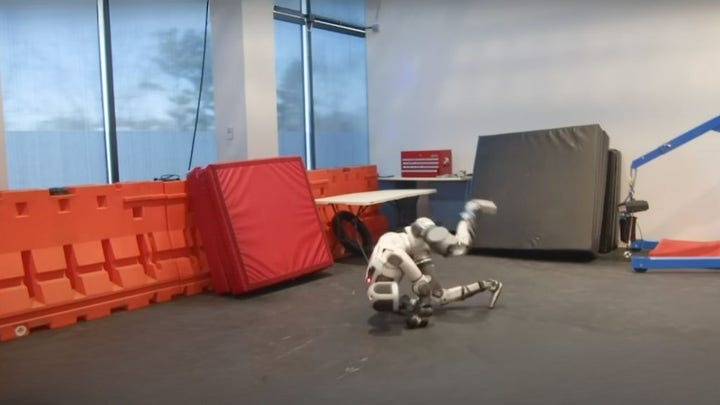
Atlas’s impressive dance moves aren’t just programmed step-by-step—they’re the result of sophisticated learning systems that combine human motion data with advanced artificial intelligence. The process begins with human dancers wearing motion capture suits to record detailed movement data. This human movement information serves as the initial template for Atlas’s learning model.
From this starting point, reinforcement learning takes over. This type of machine learning allows Atlas to practice movements repeatedly, making small adjustments each time to improve performance based on success metrics. Through thousands of iterations in simulation and physical practice, Atlas refines these movements until they can be executed with remarkable precision.
This approach represents a fundamental shift in how robots learn complex tasks. Rather than engineers explicitly programming every joint angle and movement timing, Atlas essentially learns by example and practice—much like a human would. This method allows for more natural, adaptable movements and enables the robot to develop a broader repertoire of abilities than would be practical with traditional programming approaches.
The Boston Dynamics–AI Institute collaboration has clearly accelerated this development, combining expertise in physical robotics with cutting-edge AI techniques to create movement capabilities that neither field could achieve alone.
Electric Evolution: Atlas’s Advanced Hardware Specifications
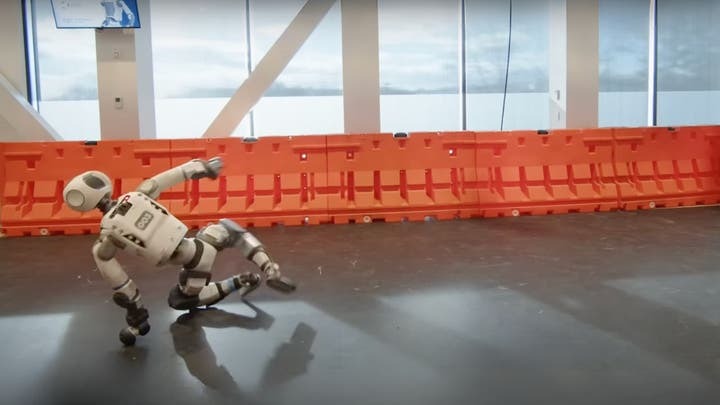
The latest iteration of Atlas represents a significant evolution in hardware design. Standing at 4 feet 11 inches tall and weighing 196 pounds, this version is fully electric—a major departure from previous hydraulic models. This transition to electric actuation provides more precise control while reducing maintenance requirements and potential leakage issues associated with hydraulic systems.
Atlas boasts 28 degrees of freedom—robotics terminology for the number of independent movements it can make—which allows for extraordinarily complex motions. This high degree of articulation is what enables its human-like flexibility and range of movement. With a top speed of 5.6 mph (approximately 8.2 feet per second), Atlas can move at a brisk human walking pace.
The robot’s sensory capabilities are equally impressive, combining advanced lidar and stereo vision systems to create detailed awareness of its environment. This sensory information feeds into a custom control and computing system that processes data and makes movement decisions in real-time.
Perhaps most remarkably, this new generation of Atlas demonstrates strength and dexterity that sometimes exceeds human capabilities, particularly in terms of power-to-weight ratio and joint flexibility. These hardware advances create the physical foundation that makes Atlas’s impressive movement repertoire possible.
The Premium Price of Innovation
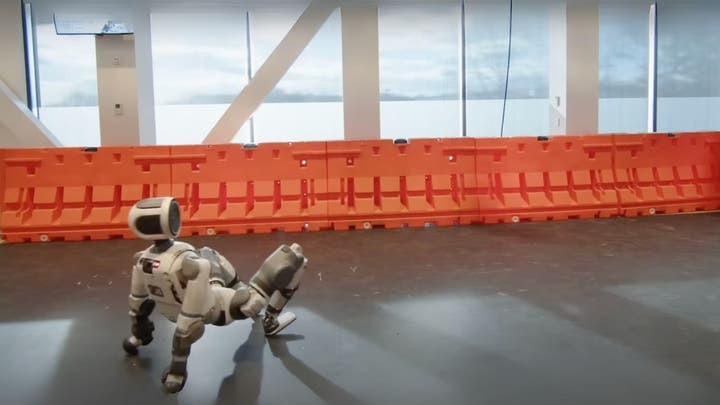
Creating a cutting-edge robot like Atlas comes with substantial costs that reflect the advanced research, materials, and engineering required. While Boston Dynamics doesn’t publicly disclose the exact price tag, industry experts estimate that each Atlas unit costs between $500,000 to $1 million to produce as of 2025.
This high cost stems from several factors: the custom-designed components that aren’t mass-produced, the extensive research and development investment, and the integration of cutting-edge technologies. Atlas uses specialized materials that balance strength with weight considerations, and its computing systems require significant processing power for real-time movement calculations.
It’s important to note that Atlas remains primarily a research platform rather than a commercial product. Hyundai is buying Boston Dynamics robots for research and development purposes, with annual leasing costs estimated in the six-figure range.This approach allows the company to maintain close relationships with users while continuing to refine the technology.
As with most technologies, these costs will likely decrease over time as production scales and component technologies mature. What seems prohibitively expensive today may become much more accessible in the future, potentially opening up new applications as the price-to-capability ratio improves.
Beyond Entertainment: Real-World Applications
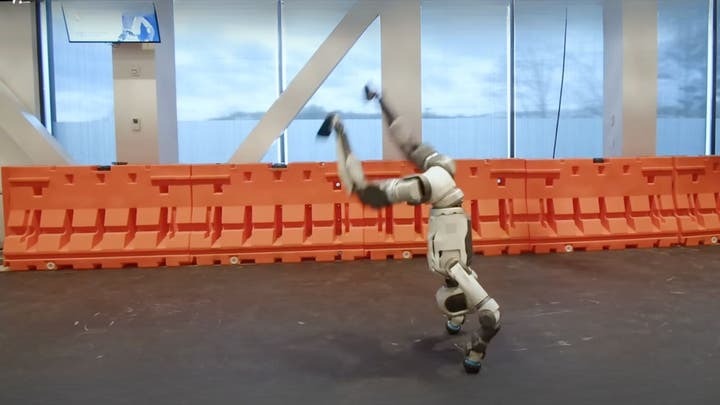
While breakdancing robots make for compelling videos, the technologies demonstrated by Atlas have far-reaching practical implications. The agility, adaptability, and human-like movement capabilities point toward meaningful real-world applications that could transform various industries.
One of the most promising areas is emergency response. Atlas’s ability to navigate challenging terrain and manipulate objects could make it invaluable in disaster scenarios too dangerous for human responders. The robot could potentially enter collapsed buildings, navigate through debris, or handle hazardous materials with less risk than human teams.
Manufacturing represents another frontier where Atlas is already making inroads. Since late 2024, Atlas has been undergoing trials in Hyundai Motor Group‘s vehicle factory. The robot’s ability to move through environments designed for humans—climbing stairs, maneuvering through tight spaces, and using standard tools—makes it uniquely suited for manufacturing settings without requiring extensive facility redesigns.
The technology behind Atlas could also advance prosthetics and assistive devices, as the insights gained from creating such natural robotic movement could help develop better mobility solutions for humans with disabilities.
As Atlas and similar robots continue to evolve, we’re witnessing the early stages of what could become a transformative technology—machines that can seamlessly operate in our world rather than requiring us to adapt our world to accommodate them.








